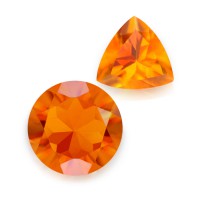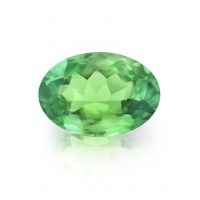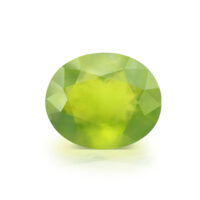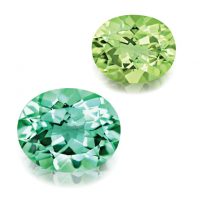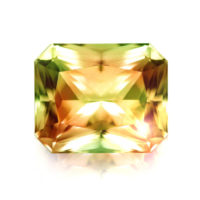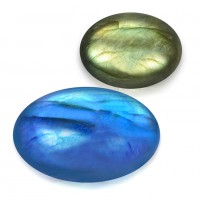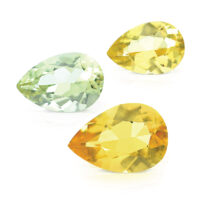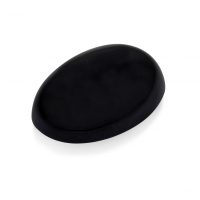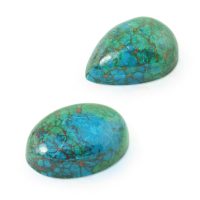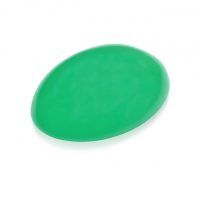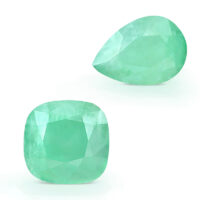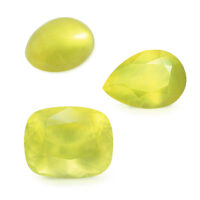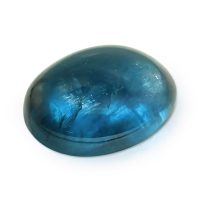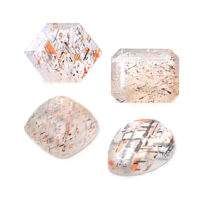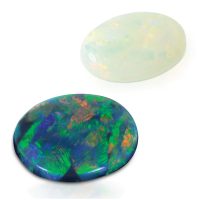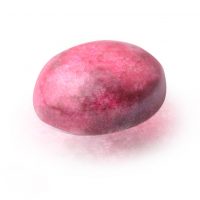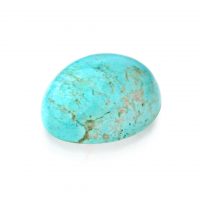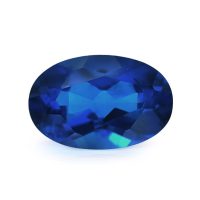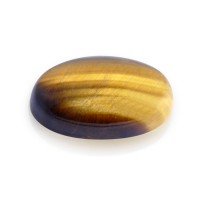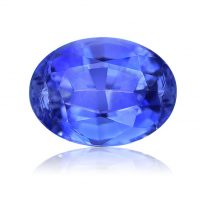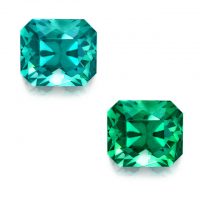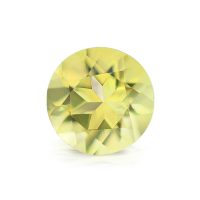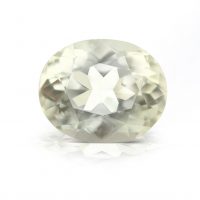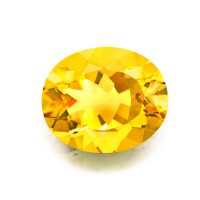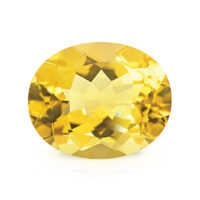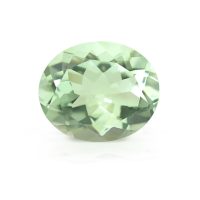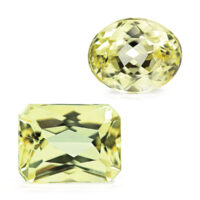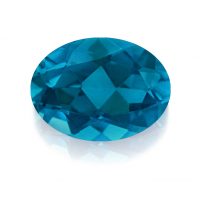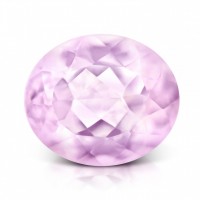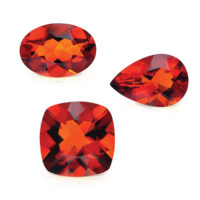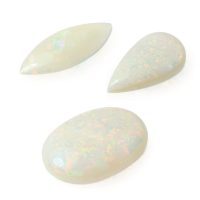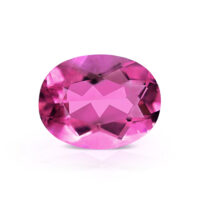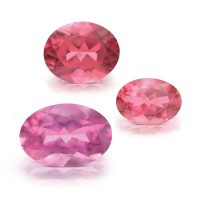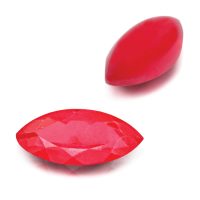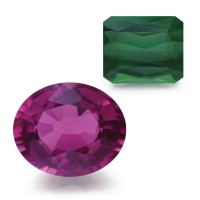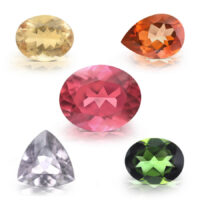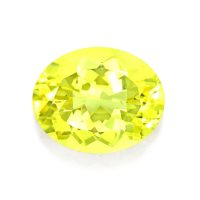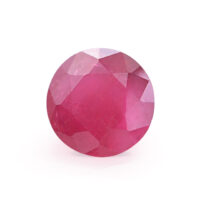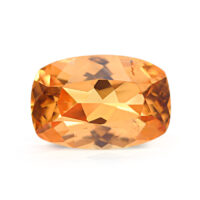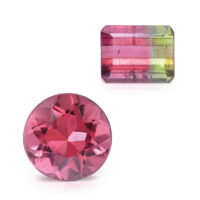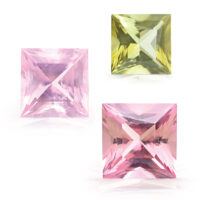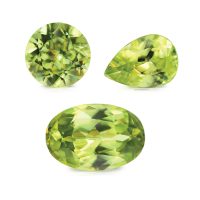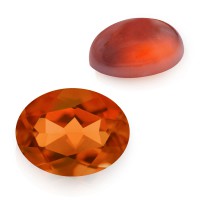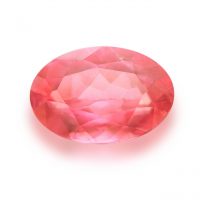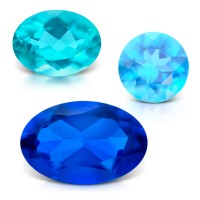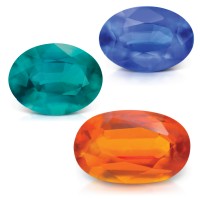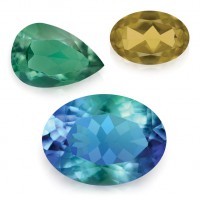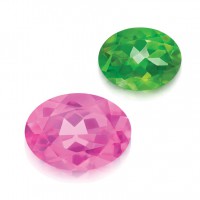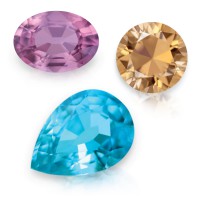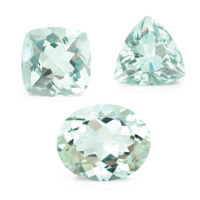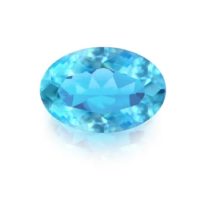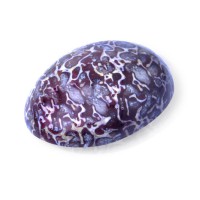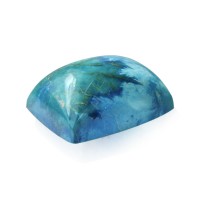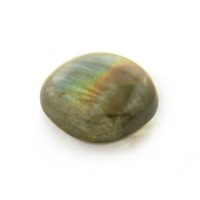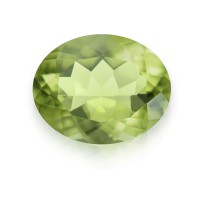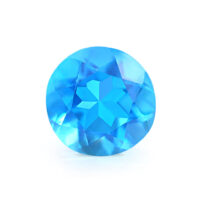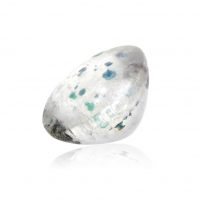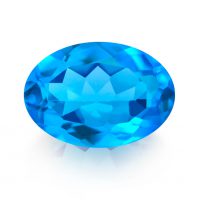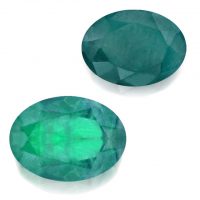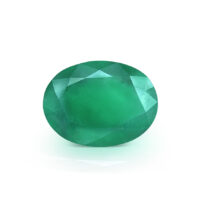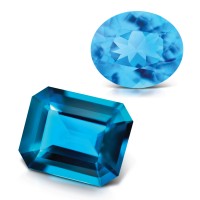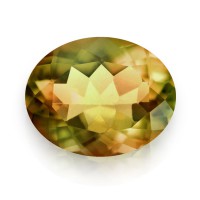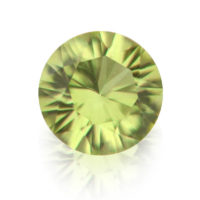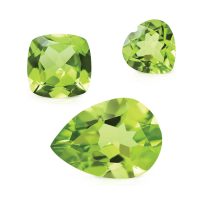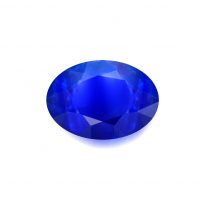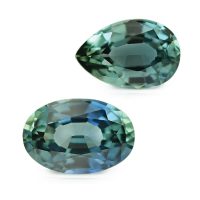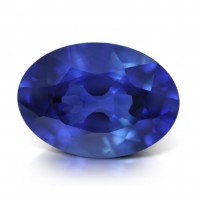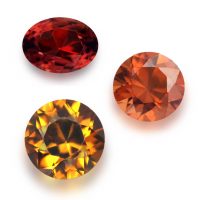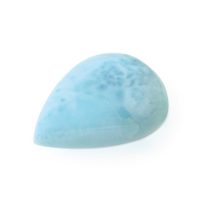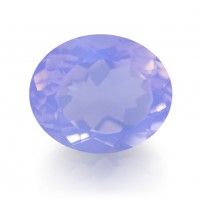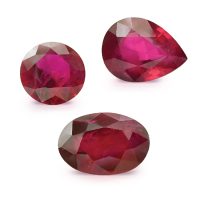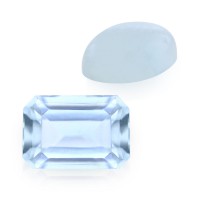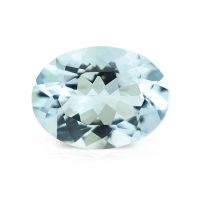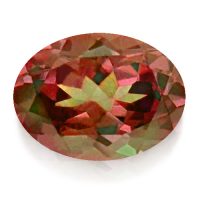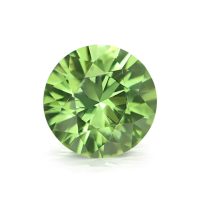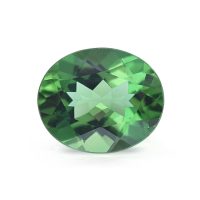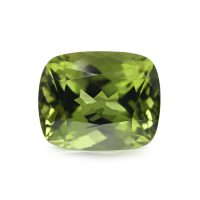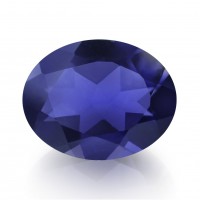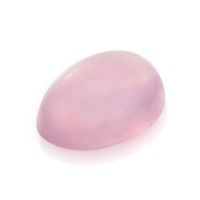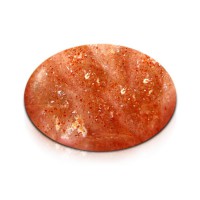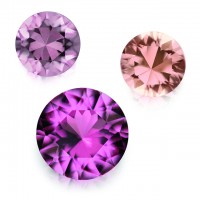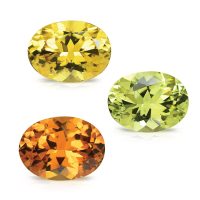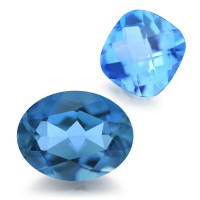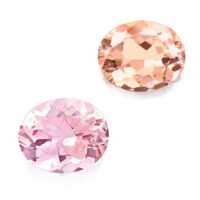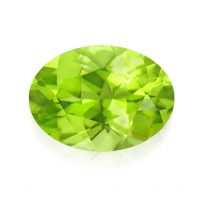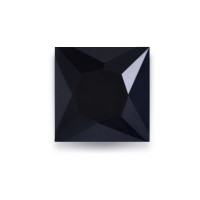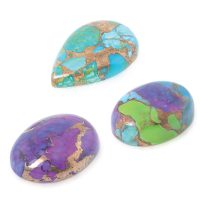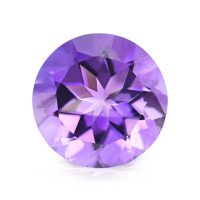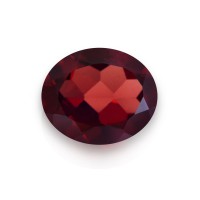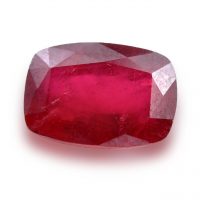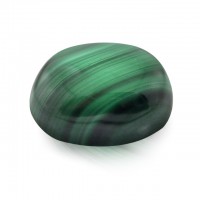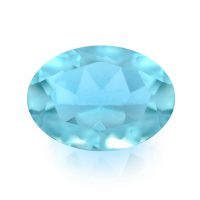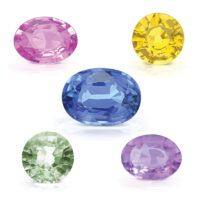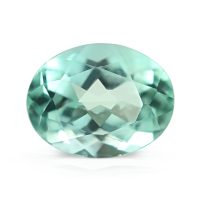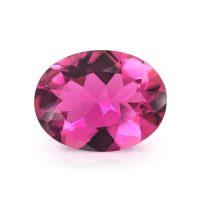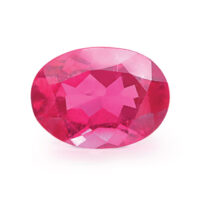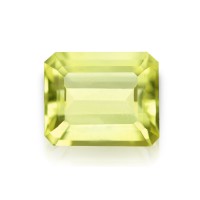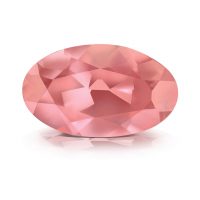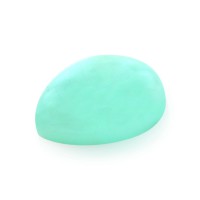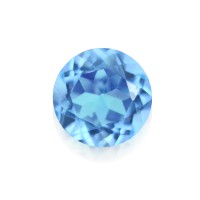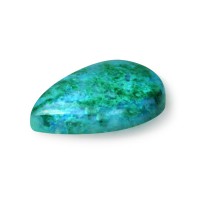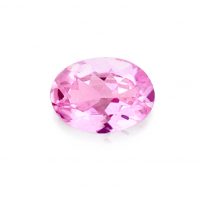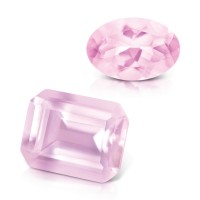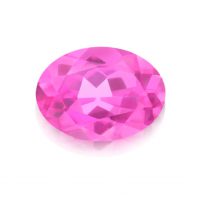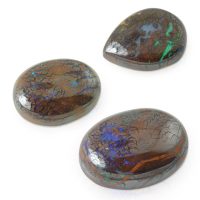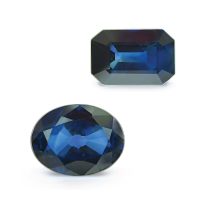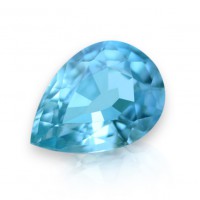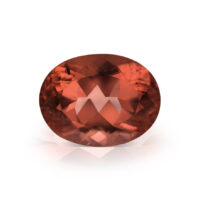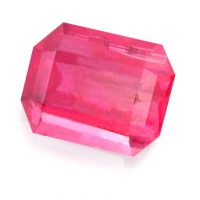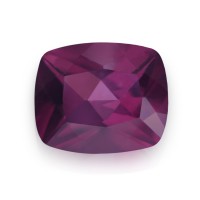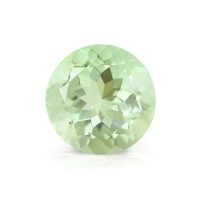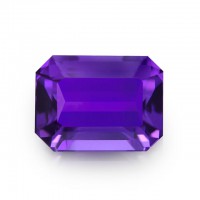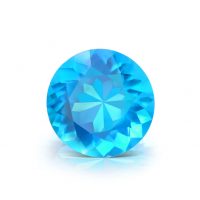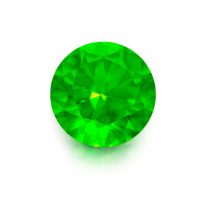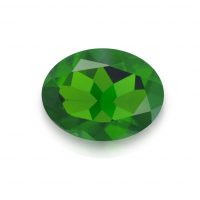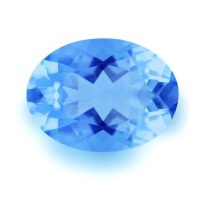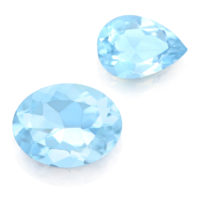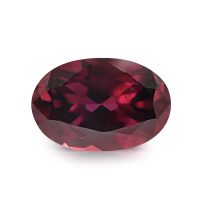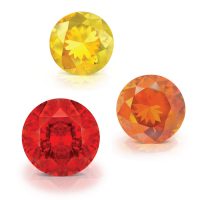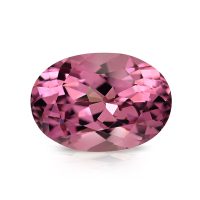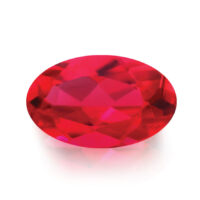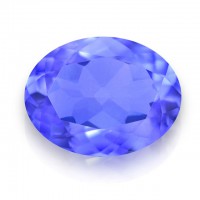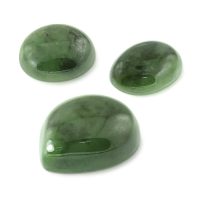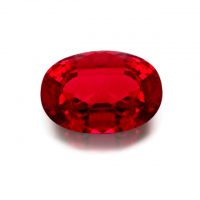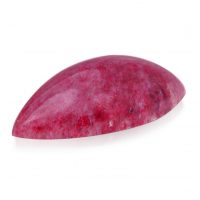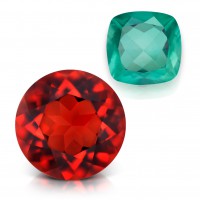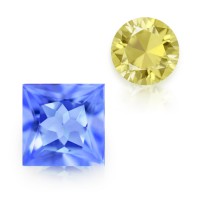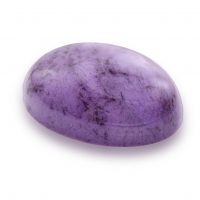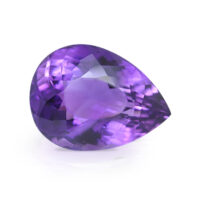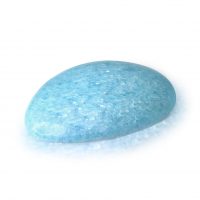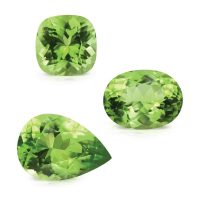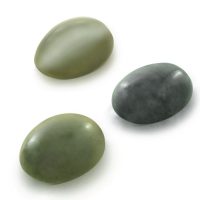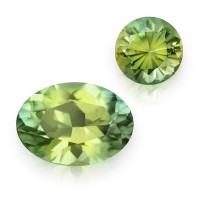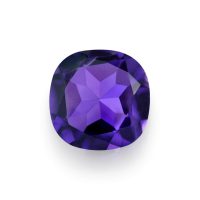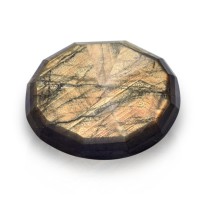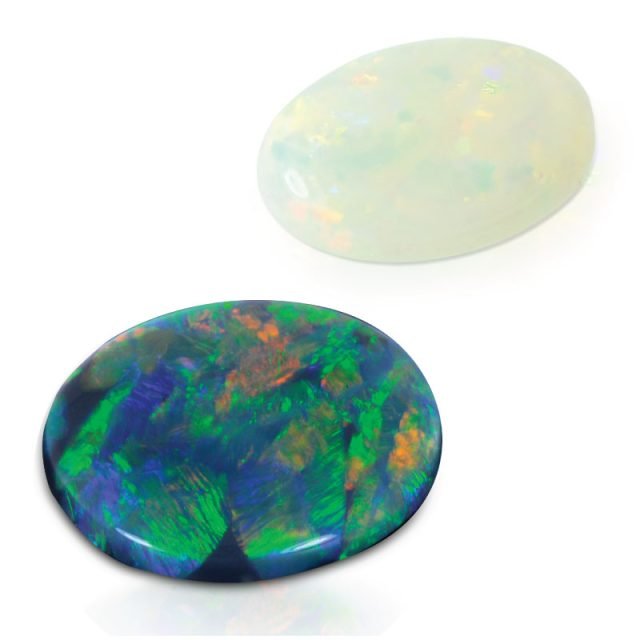

Undeniably beautiful, Australian Opal appears to have a rainbow trapped within. Mined since 1849, they’re colorful as their country of origin… a spectacular jewelry gemstone prized since 1915, White Opal’s from Coober Pedy (South Australia), while Black Opal from Lightning Ridge (New South Wales) discovered in 1902, remains rarest and most valuable. While their unique character and unrivalled beauty keeps Australia the world’s premier Opal origin, availability continues to reduce, irrespective of continuously growing demand.
Hardness 5.5 – 6.5
Refractive Index 1.370 – 1.520
Relative Density 1.98 – 2.50
Enhancement None
Beauty
Unique to Opal, ‘play of color’ are beautiful colorful flashes that change with the angle of observation. When white light enters the top of an Opal, it refracts and bounces around inside, through all the microscopic spheres and gaps between them. As the light passes through Opal, it diffracts like a prism, splitting the white light into all the colors of the spectrum. The light eventually bounces back out the top of the gem, giving us an eyeful of beautiful colors. While Ammolite and Labradorite split light through lattice layers, Opal is the only gemstone that diffracts light in this way. The diameter and spacing of the spheres control the color range of an Opal, with the size and angle at which light is split determining the color produced. The color rarity hierarchy’s red, orange, yellow, green, blue and violet, with value lying in the brilliance, brightness, and strength of colors displayed. For example, the rare reds and oranges are reflected from the scarcer smaller spheres, approx. 3,500 angstroms in diameter, while Opal’s blues are reflected from the more common larger spheres, about 1,500 angstroms in diameter. The rest of the colors of the rainbow occur between these sizes. Opals that display red can also display all the other colors of the spectrum, but… even though the presence of red increases an Opal’s rarity and value, it’s typically valued lower than one that shows several colors. The patterns of color also affect value, with large patches of color priced higher than those with small patches of color. An Opal with a play of color comprising more than half of one color is named for its primary hue, while an Opal with three or more hues is called ‘multicolor’. The most artistic gemstone, each Opal has its own color personality, keeping individual tastes important.
Opals are classified by their host-rock (also known as ‘matrix’ or ‘potch’) on which Opal forms, and their resulting transparency, and body color (the base color on which Opal’s color play is visible). Black Opal has a black body color and may be opaque with some translucency, particularly when held to a strong light source. As Black Opal is generally opaquer, opacity is the criterion that divides black and semi-black Opal. White Opal, also known as Light Opal, is translucent to opaque with a white body color. For darker colored Opal (black and semi-black) opacity demands a premium, while transparency demands a premium in lighter colored Opals (white and jelly, crystal Opal without host-rock). Due to its body color affording beautiful contrast and intensity, Black Opal is the most valuable variety. Optimal lapidary that accentuates Opals’ innate beauty and signature color play is critical! Every Opal in this collection has been expertly cut ‘en cabochon’ (cut in convex form and highly polished, but not faceted) by experienced lapidaries, with a superior mirror-like polish/luster, desirable finish, and an excellent overall appearance (outline, profile, proportions, symmetry, and shape).
You’re probably already aware of some classic Australian slang like ‘G ’Day Mate’, but unless you’ve visited an Opal field, terms like ‘knobby’, ‘seam’, ‘floaters’, ‘noodling’ and ‘ratters’ are likely unknown. A knobby is a round fist-sized ball formation of Opal, while a seam are Opals in flat layers like a sandwich. Floaters are Opal that is visible from the surface and typically indicative of an underground deposit; noodling is hunting through old mine tailings to find Opal that others missed; and ratters are people who poach Opal from another’s claim – a big no, no that was once arbitrarily and severely punished!
An October birthstone, Opal is from the Greek ‘opallios’, meaning ‘to see a change’, and is comprised of silica and water, the main component in glass. When silica under the earth mixes with water, a silica solution forms. If this solution fills voids or is trapped in layers under the earth, Opal begins to form. The structure of Opals is unique and comprised of microscopic silicon dioxide spheres (1,500 – 3,500 angstroms in diameter; 1 angstrom is 1 ten millionth of 1 millimeter) that form a pyramid shaped grid, interspersed with three to six percent water. It’s the refraction of light through these spheres and the gaps between them that produce Opals’ characteristic ‘play of color’. Opal without play of color has its silicon dioxide spheres more randomly arranged. Australian Opals were formed 145.5 million years ago (Cretaceous Period) to 65 million years ago (Tertiary Period) at a huge inland sea’s geological feature called the ‘Great Australian Basin’. The majority of Australia’s Opal fields are located in the basin and were formed from the weathering of sandstone deposited over older host rock. While Opal has been Australia’s national gemstone since 27th July 1993, this gem has been part of indigenous Australian culture for over 60,000 years. Dreamtime legends passed down by storytellers’ call Opal the ‘fire of the desert’, linking it to creation myths, describing how their ancestral creator came to earth on a great rainbow, which turned the rocks it touched into resplendent Opals.
Rarity
While Australia’s Opal fields are the world’s largest, only 25 percent are gem-quality. Despite ever-burgeoning global demand, Australian Opal has decreased by over 50 percent in the last decade, significantly increasing scarcity and prices, especially when calibrated for jewelry collections. This is due to the depletion of commercially viable areas and mounting operational costs, combined with the inherent remoteness and inhospitality of Australia’s Opal fields. Despite increasing scarcity, Antipodean Opal’s famous pedigree thankfully endures, with Australia still unearthing the majority of the world’s finest Opals.
The undisputed ‘King of Opals’ and ostensibly a sole source gemstone, Black Opal is the rarest and most valuable Opal. The world’s finest Black Opal continues to be unearthed from deposits surrounding Lightning Ridge in Finch County in the Australian state of New South Wales. Black Opal’s six on the top ten list of the world’s rarest and most valuable gems, and ‘11’ on Forbes ‘12 Most Expensive Gemstones in The World’. Its unrivalled beauty continues to make Black Opal one of the world’s most prized gemstones, and the ‘Opal of Choice’ for elite jewelers and serious connoisseurs. During the pandemic, mining at Lightning Ridge was virtually non-existent, and similarly tourism, which benefited the ‘Ridge’ in recent years, basically disappeared. At its peak in the 80s, there were 8,000 serious miners at Lightning Ridge, now there are only approximately eight large commercial miners still operating! In 2022, Damien Cody, President of the International Colored Gemstone Association (ICA) stated, “At the Lightning Ridge Opal fields, famous for producing the highly sought-after Black Opal, there are some 3,120 mining claims. Sebastian Deisenberger, President of the Lightning Ridge Miners Association, estimated a production drop of more than 60 percent based on stones being presented to their pricing advisory service” (AUSTRALIA: Colored Gemstone Mining & Supply, INCOLOR, Winter 2022, Issue 48).
A deposit near Coober Pedy in South Australia’s central north is historically Australian White Opal’s main source. Named for its Opal miners, ‘Coober Pedy’ means ‘white man’s hole in the ground’, and is a corruption of a local indigenous Australian phrase, ‘kupa-piti’ (boys’ waterhole). The South Australian Opal fields of Andamooka, Coober Pedy, and Lambina, have all experienced considerable downturns, with the State Government closing Mintabie in 2019.
Importantly, our Australian Opals are totally natural, solid and unenhanced, accentuating desirability, rarity, and value.
Durability & Care
Their colorful brilliance aside, Australian Opals are also coveted for their hardness and stability, a key consideration for a gem containing three to six percent water. A relatively durable jewelry gemstone, Australian Opal (Mohs’ Hardness: 5.5 – 6.5) should always be stored carefully to avoid scuffs and scratches. Clean with gentle soap and lukewarm water, scrubbing behind the gem with a very soft toothbrush as necessary. After cleaning, pat dry with a soft towel or chamois cloth.
Map Location
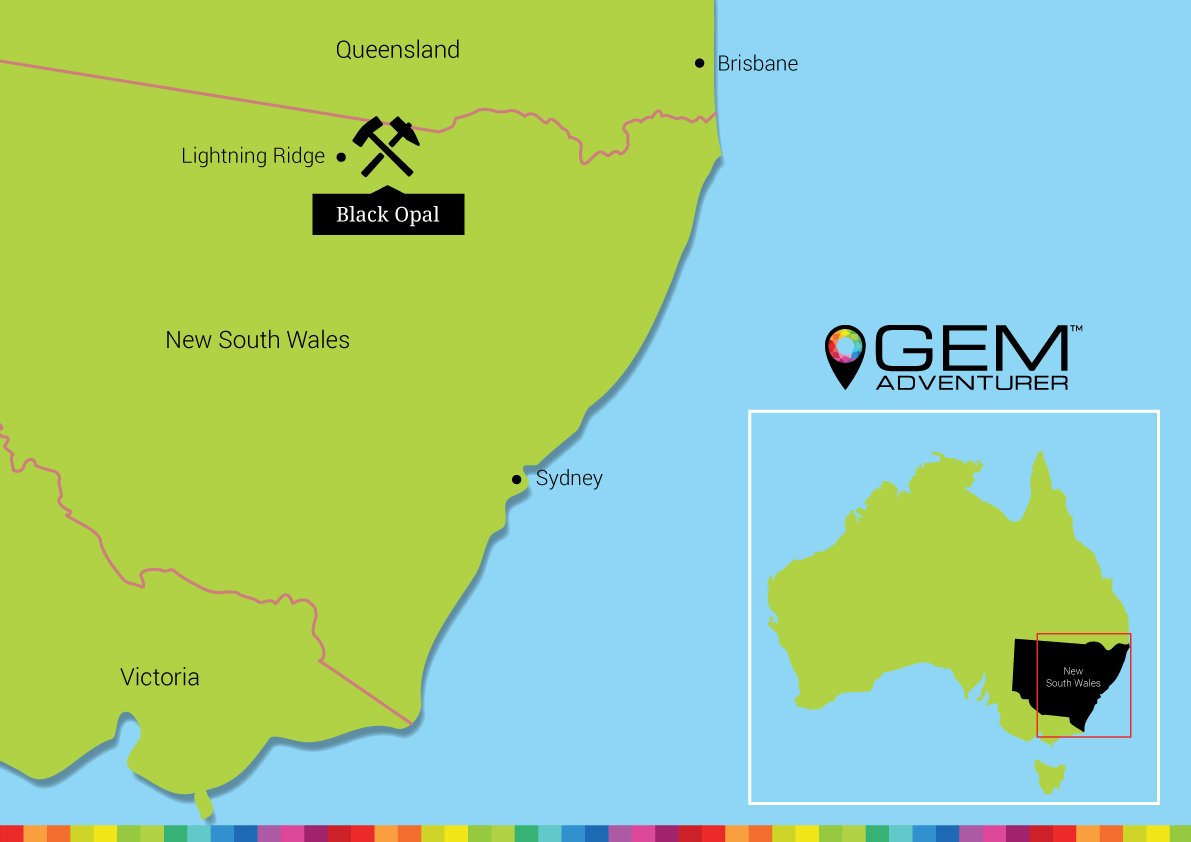
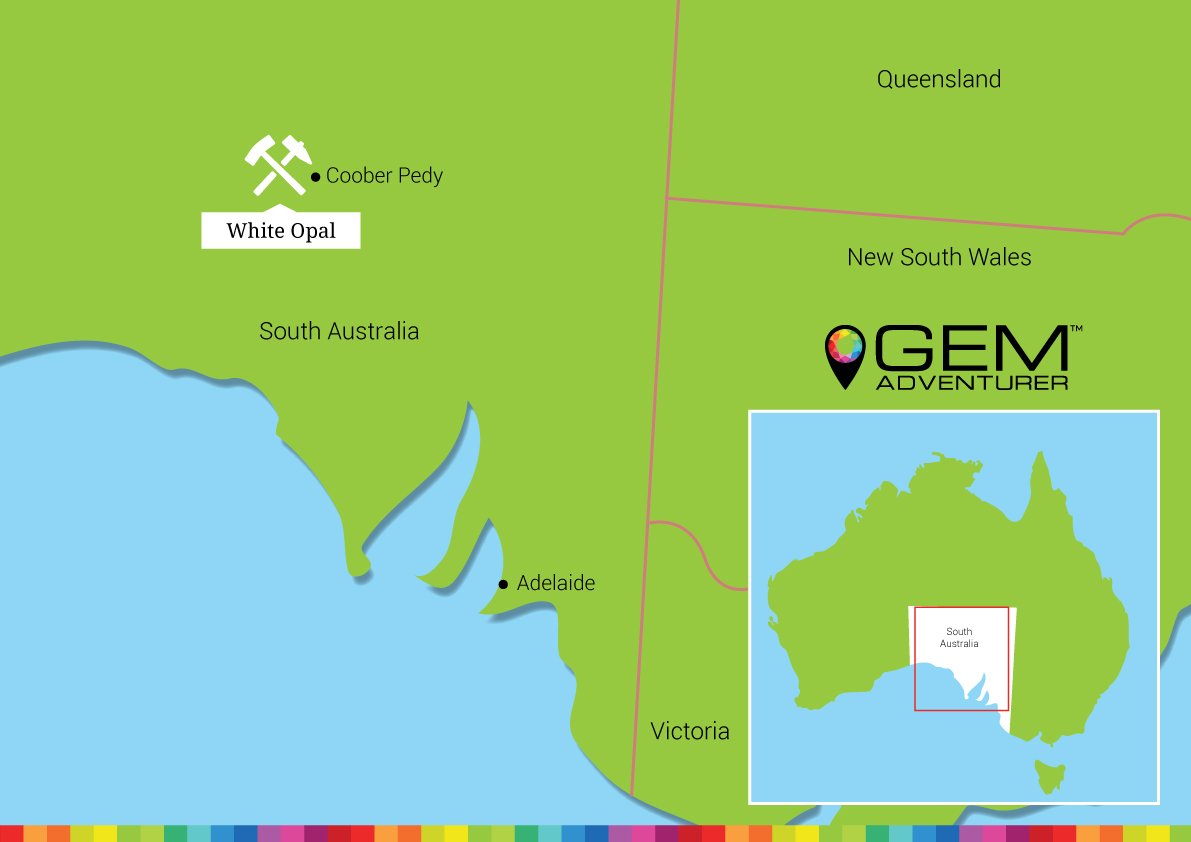
Click maps to enlarge
